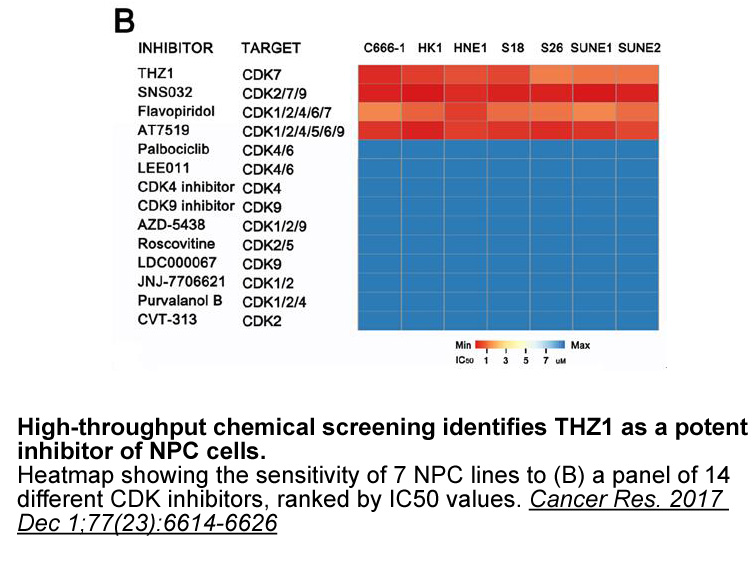Archives
Epigenetic age is comparable to chronological
Epigenetic age is comparable to chronological age among cancer-free participants. Those with older epigenetic age relative to their chronological age have an elevated risk of cancer events within three to five years. Our study provides insight into using blood-based epigenetic age as a potential biomarker for cancer early detection. It may also inform future studies of the effects of aging on cancer and potentially other diseases. Expanding this research to additional time points would help determine when in the course of the disease cancer-related changes in epigenetic age occur, and the extent to which Δage is different across individuals and cancers.
Author Contributions
Acknowledgments
Introduction
The conventional method in determining the indication for post-mastectomy radiotherapy (PMRT) is largely based on clinical variables, such as tumor size, axillary lymph node involvement, hormone receptor status, age at diagnosis, lymphovascular invasion (LVI), etc. These factors are known risk factors associated with locoregional recurrence (LRR). They are, however, imperfect in predict ing recurrence (Cheng et al., 2006a; Taghian et al., 2004). More reliable biological markers are being sought. Sporadic reports have attempted to show that some isolated erk inhibitor could link to LRR (van der Hage et al., 2004; Zellars et al., 2000).
Patients with four or more axillary lymph-node involvement (N2 or N3 disease) generally would be given PMRT (Recht et al., 2001). However, there is controversy concerning patients with 1–3 positive nodes (N1 disease), even though NCCN guidelines “strongly consider” giving PMRT based on large meta-analyses from many randomized control trials (Clarke et al., 2005; Early Breast Cancer Trialists\' Collaborative, 2002; EBCTCG et al., 2014). In fact, the likelihood of LRR after 10years in node negative patients is reported to be approximately 2–8%, N1 patients 20%, and N2 patients 32% (Clarke et al., 2005; EBCTCG et al., 2014). Therefore, if we rely only on clinical parameters, around 70–80% of the node-positive patients could potentially undergo overtreatment, whereas those at risk in node negative disease could potentially be undertreated.
Recent progress in genomic analyses for evaluating tumor biology show significant agreement in the outcome predictions for individual patients who are probably sharing a common set of biologic phenotypes. This opened a new possibility to improve risk stratification that led to more personalized prognostication for breast cancer patients (Fan et al., 2006; Sorlie et al., 2001). Studies from gene expression profiling have shown a greater capability of determining prognosis and predicting response to adjuvant chemotherapy in Tamoxifen-treated patients (Paik et al., 2004a, 2004b, 2006). In 2006, we reported 34 and 258 gene sets that could partition the LRR high risk patients from the LRR low risk patients after mastectomy. The low risk group determined by the gene expression profiling had a 3-year LRR rate of less than 3%, and the high risk group had an LRR rate of more than 50% (Cheng et al., 2006b). In this study, we evaluated 34 genes of interest (GOI) in the prediction of LRR using a completely different patient population and aimed to identify individuals with low risk of recurrence for whom PMRT could be avoided.
ing recurrence (Cheng et al., 2006a; Taghian et al., 2004). More reliable biological markers are being sought. Sporadic reports have attempted to show that some isolated erk inhibitor could link to LRR (van der Hage et al., 2004; Zellars et al., 2000).
Patients with four or more axillary lymph-node involvement (N2 or N3 disease) generally would be given PMRT (Recht et al., 2001). However, there is controversy concerning patients with 1–3 positive nodes (N1 disease), even though NCCN guidelines “strongly consider” giving PMRT based on large meta-analyses from many randomized control trials (Clarke et al., 2005; Early Breast Cancer Trialists\' Collaborative, 2002; EBCTCG et al., 2014). In fact, the likelihood of LRR after 10years in node negative patients is reported to be approximately 2–8%, N1 patients 20%, and N2 patients 32% (Clarke et al., 2005; EBCTCG et al., 2014). Therefore, if we rely only on clinical parameters, around 70–80% of the node-positive patients could potentially undergo overtreatment, whereas those at risk in node negative disease could potentially be undertreated.
Recent progress in genomic analyses for evaluating tumor biology show significant agreement in the outcome predictions for individual patients who are probably sharing a common set of biologic phenotypes. This opened a new possibility to improve risk stratification that led to more personalized prognostication for breast cancer patients (Fan et al., 2006; Sorlie et al., 2001). Studies from gene expression profiling have shown a greater capability of determining prognosis and predicting response to adjuvant chemotherapy in Tamoxifen-treated patients (Paik et al., 2004a, 2004b, 2006). In 2006, we reported 34 and 258 gene sets that could partition the LRR high risk patients from the LRR low risk patients after mastectomy. The low risk group determined by the gene expression profiling had a 3-year LRR rate of less than 3%, and the high risk group had an LRR rate of more than 50% (Cheng et al., 2006b). In this study, we evaluated 34 genes of interest (GOI) in the prediction of LRR using a completely different patient population and aimed to identify individuals with low risk of recurrence for whom PMRT could be avoided.
Material and Methods
Results
The median follow-up of 135 patients was 65.1months (ranging from 4.3–149.7months). The details of patients\' characteristics and treatment information are shown in Table 1. The majority of patients in this study were in the T2 or T3 disease groups (56%, n=75), 68% (92) in N0 disease, and 77% (104) over the age of 40. Adjuvant hormonal therapy was given to 60% (81/135) of the patients, and chemotherapy to 79% (106) of the patients. There were 11 patients with LRR, 15 patients with distant recurrence and 10 patients with both locoregional and distant recurrences. Factors associated with any recurrence were the primary tumor stage and nodal involvement (Table 1). The study samples compared with the dataset in 2006 were earlier stage and less common of prominent LVI (Supplement Table 1).